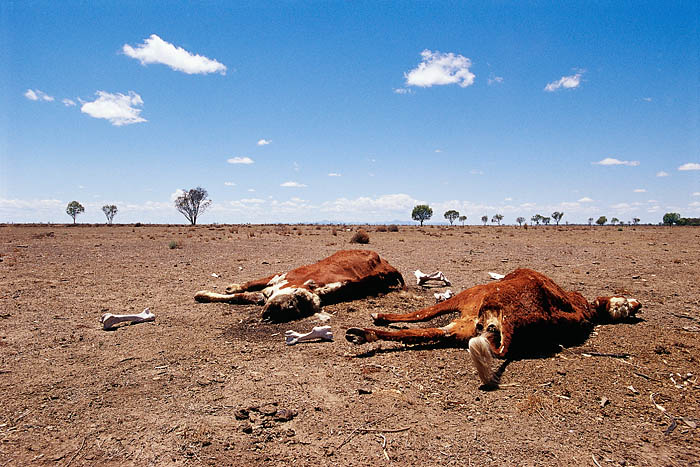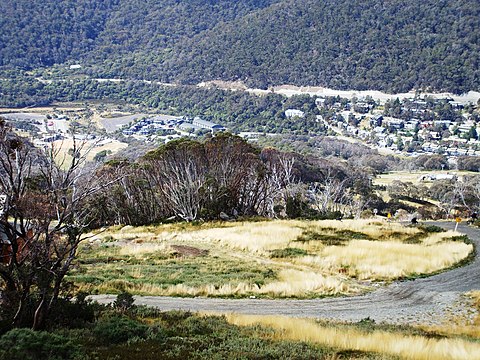Australia has a long history of natural disasters. They include bushfires, floods, storms, landslides, cyclones and more. Moreover, Australia’s extreme weather events cause a lot of damage. Certainly, in terms of the number of deaths, people affected and the economic impact. As such, it’s making insurance cover a challenge for some Australians.
We take a look back at some of Australia’s natural disasters:
1. Cyclone Mahina 1899
- Death toll: 300-400
One of the deadliest natural disasters in Australian history. In fact, it’s probably the most intense tropical cyclone ever recorded in the Southern Hemisphere. Due to the cyclone, settlers to Australia found fish, including sharks and dolphins, several kilometres inland. They even found rocks lodged into trees.
2. Cyclone Ada 1970
- Death toll: 13
- Damage costs: $12,000,000 AUD
Cyclone Ada was a small, yet intense cyclone. However, it hit the WhitSunday Islands and north coast of Queensland with great force. The cyclone caused around $12m worth of damage at the time and killed 13 people. It brought havoc to the region, disconnecting roads and communications.
3. Cyclone Tracy 1974
- Death toll: 71
- Damage costs: $4,090m
As natural disasters go, cyclones are up there for Australian’s. Tropical Cyclone Tracy ravaged the city of Darwin, NT at Christmas in 1974. It lasted two days, hitting the early hours of Christmas Eve and lasted until Boxing Day. Darwin residents were busy celebrating, so they were not aware of the storm threat. The slow response was partly due to cyclone Selma. Following alerts about Selma, the cylone passed by west of the city, so residents thought Cyclone Tracy would do the same.
During Tropical Cyclone Tracy wind gusts reached 217km/h before local weather instruments failed. The anemometer at Darwin Airport control tower had its needle bent in half by the strength of the wind gusts.
The Insurance Council of Australia estimate that the damage in 1974 was $200m, that’s $4,090m in today’s money.
4. Thredbo Landslide 1997
- Death toll: 19
The Thredbo landslide occurred at 11:40pm on 30 July 1997 at the village and ski resort of Thredbo, in the Snowy mountains of New South Wales, Australia.
About 2,000 cubic metres of rock fell at highspeed pushing Carinya Lodge off its foundations onto Bimbadeen lodge. It destroyed the two ski lodges and buried 19 victims. The harsh area made the rescue efforts difficult. However, over 60 hours later Stuart Diver was found – the only survivor.
5. Ash Wednesday Fires 1983
- Death toll: 72
- 3,703 homes and buildings destroyed.
- 310,000 hectares of land were burnt.
In the lead up to Ash Wednesday, there was a ten-month drought that dried out forests. Fires are one of Australia’s leading natural disasters. The hot weather, low humidity and strong winds made it ideal conditions for a fire to take hold and spread.
Ash Wednesday affected Victoria and South Australia. The Insurance Council of Australia estimate the fires caused over $176m in damage.
6. Brisbane Flood 1974
- Death toll: 16
- Damage costs: $68m

On 24 January 1974, rain and record-breaking floods hit Brisbane, Queensland. They were due to Tropical Cyclone Wanda which crossed North Brisbane. Over 900mm of rain was recorded, with a record 314mm falling in just 24 hours.
The Brisbane River, which runs through the heart of the city, broke its banks, flooding over 6,000 homes. The flood damaged roads, railways and bridges as well as cutting power across the region.
The Insurance Council of Australia estimate the flood damage at $68m.
7. Black Saturday Bushfire 2009
- Death toll: 173
- 2029 homes destroyed + 2000 other structures
- 78 Communities affected
The Black Saturday bushfires started on 7 February 2009. It was a series of bushfires that ignited or were burning across the Australian state of Victoria. It was one of Australia’s worst natural disasters. The severe heatwave, 43-degree heat and dry conditions days before created an extreme fire risk. When Melbourne reached 47 degrees on 7 February and changing wind gusts of 100 km per hour made fighting the fires a challenge.
The Insurance Council of Australia estimated the cost of the fires at the time to be $1070m.
8. Natural Disasters: Cyclone Debbie 2017
- Death toll: 14
- 30,000 people affected, 17,000 people were isolated.
Tropical Cyclone Debbie reached cyclone strength on 25 March 2017. Over the next two days its intensity increased before reaching Queensland’s northern coast. Debbie left a wake of damage following three days of record winds, and heavy rain. The highest wind gust was 263 km per hour.
9. Natural Disasters: 2019-2020 Bushfire Season

- Death toll: 120
- Damage costs: $18.6m
- 300 homes destroyed
- 1.5m hectares of public and private land burned
During the Australian summer of 2019-20, fires burned across more than 24 million hectares of southern Australia. This natural disaster was named the Black Summer. It started after lightning ignited a series of fires in East Gippsland, affecting local communities. As the storms increased emergency crews were swamped with calls for help due to fallen trees and building damage. Over 130,000 homes were without power.
150 fires were burning across Victoria and by the end of the day 60 fires remained alight. The fires continued to spread across the region over the coming days and months. The fire caused 120 deaths and 1,317 hospitalisations. It affected critical animal habitats and water catchments.
The Australia Council of Australia estimate the bushfires in Victoria generated 3,050 insurance claims with insured losses of about $18.6m.
10. Natural Disasters: Cyclone Yasi
- Death toll: 1
- Damage costs: $1,412m
Tropical Cyclone Yasi formed in Fiji and as it moved towards the Queensland coast it intensified to severe tropical cyclone status. It brought destructive winds of up to 285 km per hour and 200-300mm of rain in 24 hours. The cyclone affected areas from Mission Beach to Mount Isa, Cairns and Townsville.
The Australian government estimate the cyclone led to $300m loss in agricultural production, with the banana and sugarcane sectors most affected. Over $250 million grants were processed to aid the recovery. The Insurance Council of Australia estimates the damage cost $1,412m
Transferring Risk for Natural Disasters
Sadly, natural disasters are unavoidable and will continue until the end of time. However, we can prepare and take steps to protect our loved ones and businesses.
We are here to help.
For advice on how to transfer natural disaster risks to insurance, contact Clear Insurance today.
General Advice Warning: This advice is general and does not take into account your objectives, financial situation or needs. You should consider whether the advice is appropriate for you and your personal circumstances. Before you make any decision about whether to acquire a certain product, you should obtain and read the relevant product disclosure statement.
Clear Insurance Pty Ltd. ABN 41 601 916 689. AFSL No. 548953.








